Demand plays truant in the steel playground
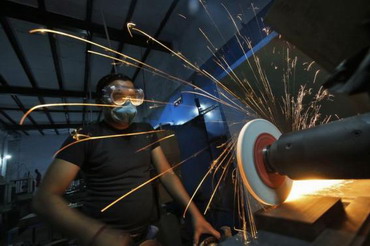
A 50% drop in iron-ore prices this year has cast a shadow not just on the mining industry but also pointed to the lacklustre conditions for its end-user—the steel industry.
The sharp fall in iron-ore prices was chiefly because of a large increase in the capacity of major iron-ore mining companies. But the big miners made it worse by not cutting back output despite the falling prices, relying on their more efficient operations to remain profitable even as prices fell.
In 2014, the main iron-ore exporting states saw very little iron ore being mined.
Though the Supreme Court’s ban on mining has been lifted in states such as Karnataka and Goa, the progress towards the actual resumption of sales has been gradual.
In 2015, when iron ore exports are expected to pick up pace, they will face a depressed iron-ore export market.
An increase in royalty, high export duty and other levies will further crimp their margins. On the brighter side, steel companies who have been importing iron ore have benefited from the falling prices.
But the bigger concern for steel companies is the price of steel. Global steel prices have been under pressure, partly a result of the falling input costs such as iron ore and coking coal.
But demand for steel is also under pressure because of slower-than-expected global growth, especially in major emerging markets.
China’s shift to slower economic growth and away from an investment-focused growth to a consumption-focused one is a major reason for the decline in the steel industry’s prospects.
The steel industry has responded with output cuts; the past three months have seen very low production growth rates globally, especially in China. The price of hot-rolled steel sheets in China, for instance, is down by 13% since the start of the year. Domestic prices have also declined since local demand for steel is depressed and imports are also stepping up, as China’s surplus steel finds its way into the neighbouring markets.
In 2015, the outlook for steel companies really depends on a few factors. A cut in interest rates by the Reserve Bank of India will not only make working capital loans cheaper for the industry, but may also allow them to refinance term loans at cheaper rates. But lower interest rates may also do its bit to spur demand for cars and houses—two main sources of demand for steel. In addition, it remains to be seen if execution rates of stuck projects improve, which, too, can result in higher demand for steel.
If all these factors play out as expected, then demand for steel should increase. The risk is that steel prices continue to decline globally and higher imports into India continue, putting more pressure on steel producers. Steel company shares have been under pressure in December as investors fear a long winter ahead for the sector.
XINSTEEL INFORMATION

 +86 371 55057610
+86 371 55057610  inquiry@xsteelplate.com
inquiry@xsteelplate.com


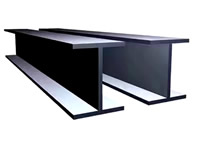
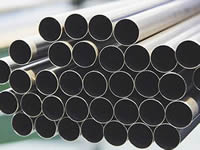
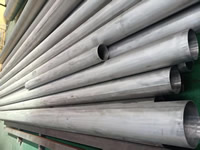
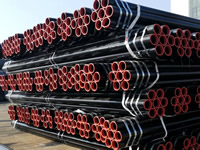
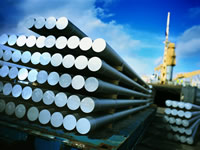

 Tel:+86 371 55057610
Tel:+86 371 55057610  Fax: +86 371 5505 7611
Fax: +86 371 5505 7611